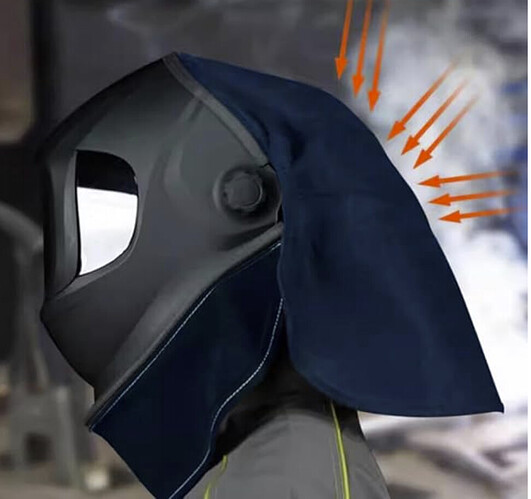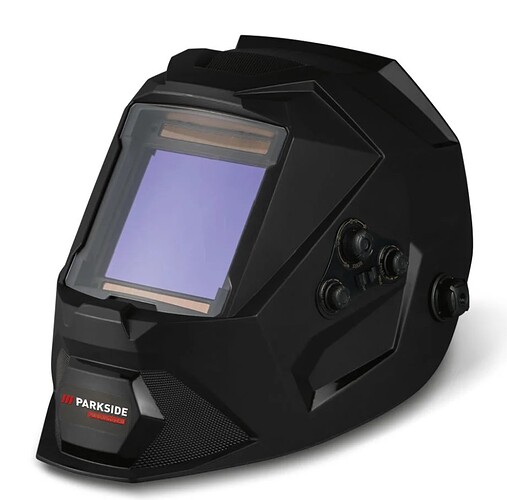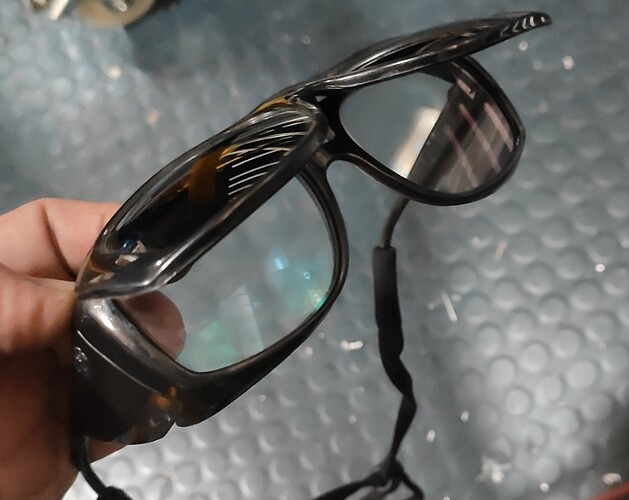Hey, I’m not a great tig welder, and I’m reluctant to say I’m a good tig welder but I amemphasized text a tig welder. I’m always looking to improve and I spend a decent amount of time practising and running exercises with different materials/settings/tools etc. One thing that I’m aware of that is holding me back is just not being able to see properly. My eyesight isn’t the best but I have glasses to correct that, I have a decent helmet and I’ve been playing around with the different shade settings but always settle back to the lightest (safe for tig) setting, I think it’s shade 9 on a Speedglass 9100. But I wondered what other folks thoughts are on background or ambient light and if it makes any difference to them? I have pretty bright lighting where I weld so I thought I might try turning the lights way down. This didn’t really make much of a difference once the arc was struck but it did make it harder to get into position beforehand.
I’ve been brazing for over 20 years and I know some people like to turn background lights down when brazing to better see flame and tube colours but that’s never really worked for me.
Anyway, I’m just interested in what other people do and if anyone’s got any magic tips for better seeing the puddle.
Thanks
Steven



